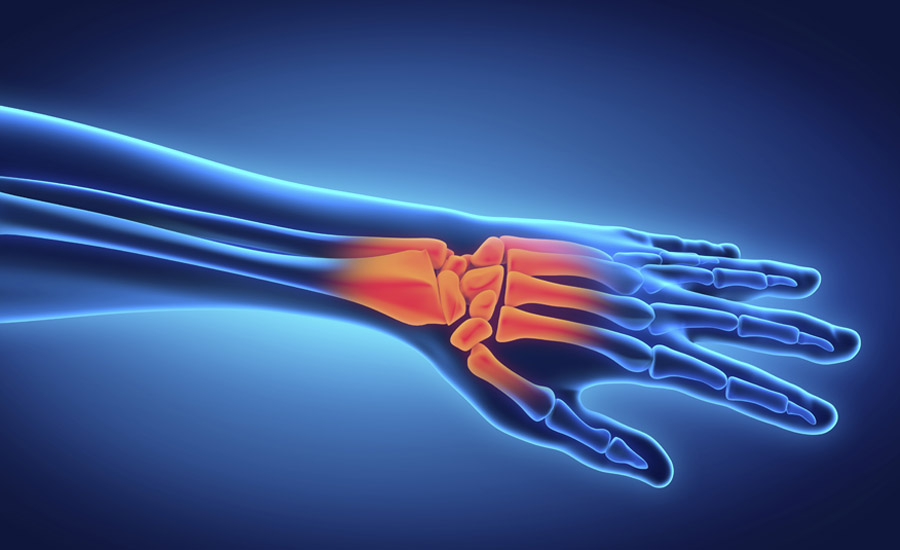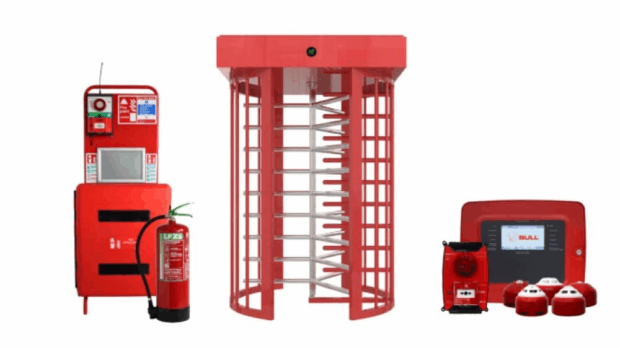Preventing Musculoskeletal Disorders (MSDs) Through Ergonomic Solutions.
Written by McRey, OHS Magazine Editor
Musculoskeletal disorders (MSDs) have become one of the leading causes of workplace injuries, affecting millions of workers across various industries. These disorders, which include conditions like back pain, carpal tunnel syndrome, and neck strain, often result from prolonged physical stress and poor ergonomics in the workplace. In fact, according to the Occupational Safety and Health Administration (OSHA), MSDs account for nearly 33% of all worker injury and illness cases, costing businesses both in lost productivity and healthcare expenses.
As the prevalence of MSDs continues to rise, so too does the need for proactive ergonomic interventions. Ergonomics—the science of designing the workplace to fit the needs of the worker—has proven to be one of the most effective ways to prevent these debilitating disorders. By creating environments that support proper posture, reduce strain, and minimize repetitive movements, companies can significantly lower the risk of MSDs while improving overall employee well-being and performance.

Understanding Common MSDs
Before diving into the solutions, it’s important to recognize the specific MSDs that are commonly found in the workplace:
- Back Pain: Often caused by improper lifting techniques, prolonged sitting, or awkward postures, back pain is one of the most prevalent MSDs.
- Carpal Tunnel Syndrome: This condition arises from repetitive hand and wrist movements, particularly when using computers or performing repetitive tasks without proper wrist support.
- Neck Strain: Poor workstation setup, such as monitors placed too high or too low, often results in neck discomfort and stiffness, which can lead to chronic issues.
The good news is that these disorders are largely preventable with the right ergonomic interventions.
Ergonomic Solutions to Prevent MSDs

- Proper Workstation SetupThe foundation of ergonomic intervention begins with setting up a workspace that supports good posture and reduces strain. For office workers, this involves adjusting the chair, desk, and computer equipment to encourage a neutral posture. The ideal setup includes:
- Adjustable chairs: Ensure that the chair supports the lower back and allows the feet to rest flat on the ground or on a footrest.
- Monitor height: The top of the screen should be at or just below eye level to avoid straining the neck.
- Keyboard and mouse position: Keep the keyboard and mouse at a height that allows the forearms to rest parallel to the ground, with wrists straight and relaxed.
- Encouraging Movement and StretchingOne of the biggest contributors to MSDs, particularly back and neck pain, is prolonged static posture. Employees should be encouraged to take short breaks to move around and stretch throughout the day. Incorporating micro-breaks—such as standing, walking, or stretching every 30 minutes—can greatly reduce the risk of strain from sitting or standing for extended periods.
- Use of Ergonomic AccessoriesErgonomic accessories, such as adjustable monitor stands, ergonomic keyboards, wrist supports, and lumbar cushions, can significantly reduce strain on the body. These accessories help to maintain a neutral posture, which is essential for preventing repetitive strain injuries like carpal tunnel syndrome.
- Training and EducationProviding ergonomic training to employees is critical in creating awareness about proper posture and movement techniques. This education can include how to correctly adjust their workstations, the importance of maintaining a neutral body position, and exercises that can be done during the workday to relieve tension. Workers in manual labor roles should be trained in safe lifting techniques and proper body mechanics.
- Ergonomic Risk AssessmentsConducting regular ergonomic risk assessments in the workplace is vital to identifying potential hazards that may contribute to MSDs. This process involves evaluating workstations, tools, and workflows to pinpoint areas that need adjustment. Based on the findings, employers can make necessary changes, whether it’s redesigning workstations, providing ergonomic equipment, or altering work processes to reduce repetitive strain.

The Benefits of Preventing MSDs Through Ergonomics
By investing in ergonomic solutions, employers can create a safer, more productive work environment. Reducing the risk of MSDs not only benefits workers’ physical health but also improves job satisfaction and morale. Additionally, businesses can expect to see lower injury-related costs, reduced absenteeism, and improved overall efficiency.
In the long run, prioritizing ergonomics isn’t just a compliance measure—it’s a strategic investment in both the health of the workforce and the success of the organization.
Conclusion
Musculoskeletal disorders are a serious concern in today’s workplace, but they are largely preventable with proper ergonomic interventions. From workstation adjustments to training and regular assessments, there are numerous steps that employers can take to reduce the risk of MSDs and foster a healthier, more efficient workforce.
At OHS Magazine, we encourage organizations to take a proactive approach to ergonomics and prioritize the well-being of their employees. After all, a workplace that prioritizes health and safety is a workplace that thrives. Preventing Musculoskeletal Disorders (MSDs) Through Ergonomic Solutions
McRey is the editor of OHS Magazine, bringing years of experience and insight into workplace safety, ergonomics, and occupational health practices.










